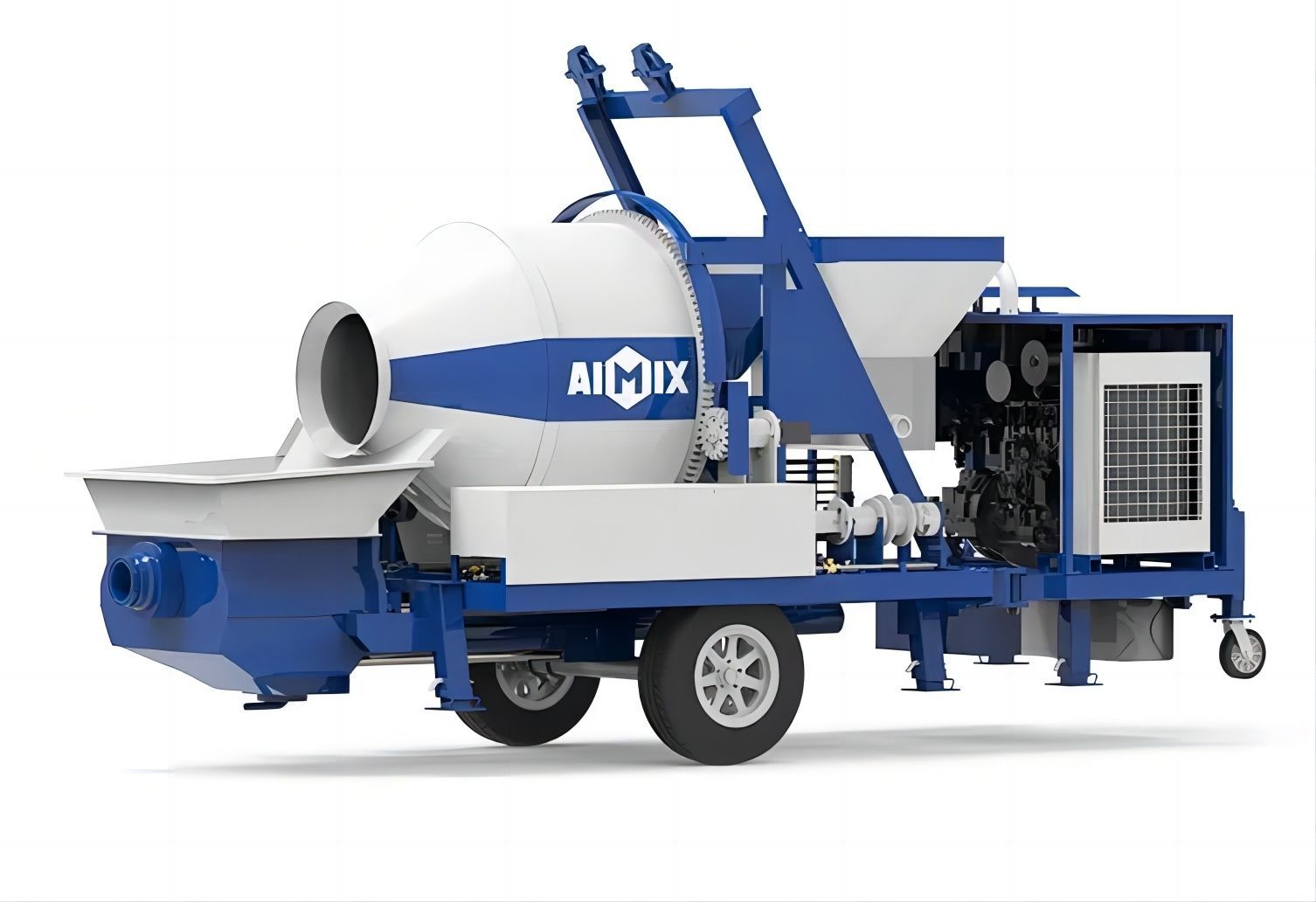Concrete Pump Technology: A Cost-Effective Investment in Construction
- By Beston Group
- •
- 05 Mar, 2024
- •

Concrete pumps play a crucial role in modern construction projects, facilitating the efficient placement of concrete in various structures and forms. As technology continues to evolve, construction companies face the decision of whether to invest in new concrete pump models or stick with their existing equipment. In this article, we will explore the comparison between new and old concrete pump models in terms of cost-effectiveness and return on investment.
Comparison of New and Old Concrete Pump Models
Cost-Effectiveness
When considering the cost-effectiveness of concrete pump models, several factors come into play.
Initial Purchase Cost: New models often come with a higher initial purchase cost due to technological advancements and improved features. However, this upfront investment may be offset by long-term benefits.
Maintenance and Operating Costs: Newer models are generally designed to be more efficient and require less maintenance compared to older ones. This can result in reduced downtime and lower operating costs over the pump's lifespan.
Energy Efficiency and Fuel Consumption: Advanced technologies in newer models contribute to improved energy efficiency and reduced fuel consumption, leading to potential cost savings in the long run.
Return on Investment
Investing in a new concrete pump model can yield several benefits in terms of return on investment.
Increased Productivity and Efficiency: Newer models are often equipped with features that enhance productivity and efficiency, such as faster pumping speeds and greater accuracy in concrete placement. This translates to higher output and reduced labor costs.
Reduced Downtime and Maintenance: With improved reliability and durability, new concrete pump models experience less downtime due to breakdowns or repairs. This means fewer interruptions to construction schedules and increased revenue generation.
Potential for Higher Resale Value: As technology advances and market demands shift, newer concrete pump models may hold their value better over time. This provides the potential for a higher resale value if the equipment is no longer needed or if an upgrade is desired. Get more details about the cost: https://concretemixerwithpump.com/how-much-is-a-concrete-pump/.
Factors Influencing Cost-Effectiveness and Return on Investment
Several factors influence the cost-effectiveness and return on investment of concrete pump models.
Technological Advancements: The introduction of advanced features and automation in newer models contributes to their cost-effectiveness and higher returns. Features such as remote operation capabilities, automated concrete mixing systems, and advanced diagnostics help improve efficiency and reduce operating costs.
Market Trends and Demand: Market trends, such as the shift towards environmentally-friendly construction practices and the demand for faster construction methods, influence the cost-effectiveness of concrete pump models. Companies that invest in newer, more efficient equipment can capitalize on these trends and gain a competitive edge in the market.
Lifecycle Considerations: When evaluating the cost-effectiveness of concrete mixer pump models, it's essential to consider their lifecycle costs. Factors such as longevity, durability, adaptability to changing project requirements, and potential for future upgrades play a significant role in determining the overall return on investment.
In conclusion, while the initial investment in new concrete pump models may be higher compared to older ones, the long-term cost-effectiveness and return on investment justify the decision for many construction companies. By considering factors such as technological advancements, market trends, and lifecycle considerations, companies can make informed decisions that maximize their returns and drive success in the construction industry.
AIMIX Global Products
- Stone Crusher
- rock crusher
- Limestone Crusher
- granite crusher
- quartz crusher
- quarry crusher
- Gravel Crusher
- mobile crusher plant
- stone crusher plant
- crushing plant
- mobile impact crusher
- mobile jaw crusher
- mobile crusher
- mobile cone crusher
- mini self loading concrete mixer
- self loading mobile concrete mixture
- self loading concrete mixer for sale
- self loading concrete mixer truck
- self loading cement mixer
- asphalt plant for sale
- asphalt mobile plant
- drum mix plant
- mini asphalt plants for sale
- portable asphalt mixing plant
- asphalt hot mix plant
- batching plant manufacturers
- concrete plant for sale
- small concrete batch plant
- mini cement plant
- mobile concrete plant
- portable batch plant
- stationary concrete batching plant
- ready mix concrete plant
- how does a batching plant work
- concrete batching plant price
- ready mix concrete plant in bangladesh
- concrete batching plant in uae
- concrete batching plant indonesia
- concrete batching plant malaysia
- concrete batching plant for sale australia
- concrete batching plant Philippines
- concrete batching plant for sale UK
- concrete batching plant in saudi arabia
- concrete pump
- concrete mixer with pump
- mobile concrete pump
- portable concrete pump
- concrete trailer pump
- mini concrete pump
- small concrete pumps
- diesel concrete pump
- electric concrete pump
- hydraulic concrete pump
- dry mix mortar plant
- small dry mortar plant
- automatic dry mortar plant equipment
- big dry mortar plant
- dry mortar production line manufacturer
- dry mortar production line
- Tile adhesive manufacturing plant
